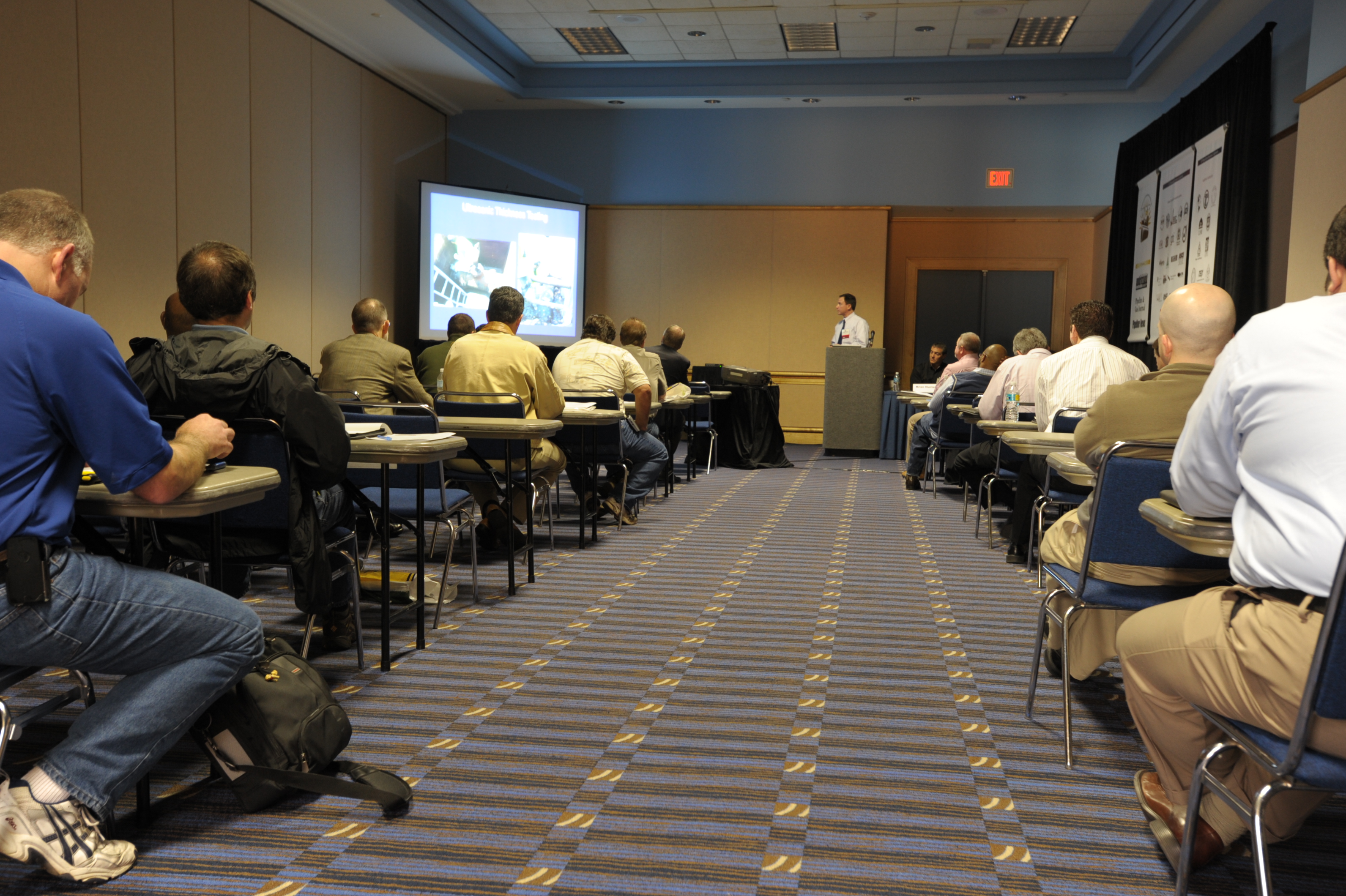January 2015, Vol. 70, No. 1
Rehabilitation
PACP 7.0 Includes Many Updates In User-Friendly Format

Over a decade ago, the National Association of Sewer Service Companies (NASSCO) established a standardized data collection protocol for closed-circuit television (CCTV) pipeline inspection called the Pipeline Assessment and Certification Program (PACP).
PACP enables system owners to create a comprehensive database to properly plan, prioritize, manage and renovate their pipelines based on consistent coding and data management practices. Since its introduction in 2001, PACP has standardized the procedures for assessing and documenting the condition of underground infrastructure in the United States, Canada and Latin America.
As the program expands, NASSCO continually improves PACP in order to support its mission to set industry standards for the assessment and rehabilitation of underground infrastructure and to ensure the continued acceptance and growth of trenchless technologies. As a result, NASSCO prepares to unveil a new and improved version of PACP, Version 7.0, in early 2015.
The development of Version 7.0 included an unprecedented review by over 100 collections professionals who, together, raised the bar on PACP industry standards. Highlights include:
• Technical Updates: Descriptions of supplemental technologies have been added and include background to technical issues, such as deterioration mechanisms and stages of sewer collapse. An improved header form redefines fields and includes new materials, weather and consequence of failure (CoF) options. The header also incorporates 10 custom fields which will ensure no data is lost from V 6.0.1 to V 7.0. If any defect can be seen in a lateral, it is now coded as defective. Other updates include: Tap code modifiers are now prioritized with specific observations included in the Remarks section; Level 1 MACP (Manhole Assessment Certification Program) requirements have been simplified; Infiltration code modifiers have been added (barrel, lateral, connection and joint); New LACP (Lateral Assessment Certification Program) codes have been added, as well as condition grades (stormwater and dam/levee pipes), among other technical improvements.
• Educational Benefits: PACP Version 7.0 includes a number of educational benefits, including streamlining the training materials to better follow the PACP Manual; clarifying rules for continuous defects; providing examples of overlapping continuous defects for improved and more accurate coding; moving buckling code into deformed modifier (clarifies buckling occurrence and allows for deformation percent); providing new codes for surface damage (to provide more detailed options such as surface spalling of the coating and corrosion tuberculation); and an appendix to help field personnel identify pipe materials, all in a more user-friendly format with a color coded chart to facilitate populating the fields.
• Asset Management Appendix: The new appendix describes asset management using PACP to calculate risk based on Likelihood of Failure (LoF) and CoF. LoF can be defined using the PACP Quick Rating based on the collective condition grades within a segment. CoF factors are discussed in detail, to include specific examples. The appendix ends with calculation of risk and graphical interpretations when plotted on a risk diagram.
PACP Version 7.0 will be finalized in February 2015 and available for U.S. certification training in May 2015. 410.442.7473, nassco.org




Comments